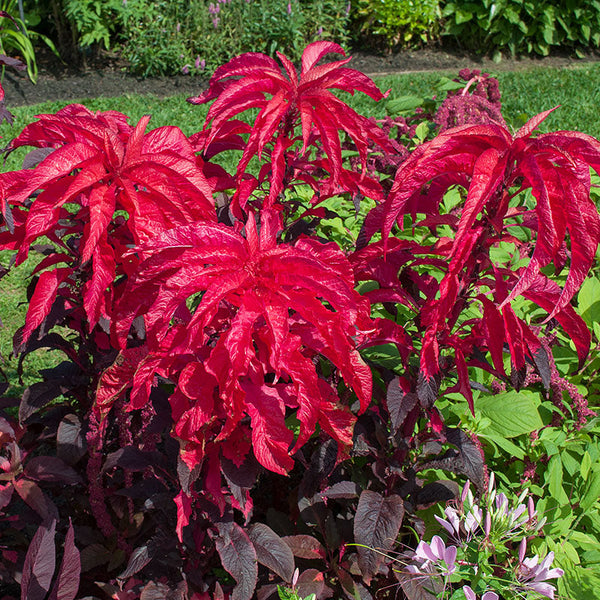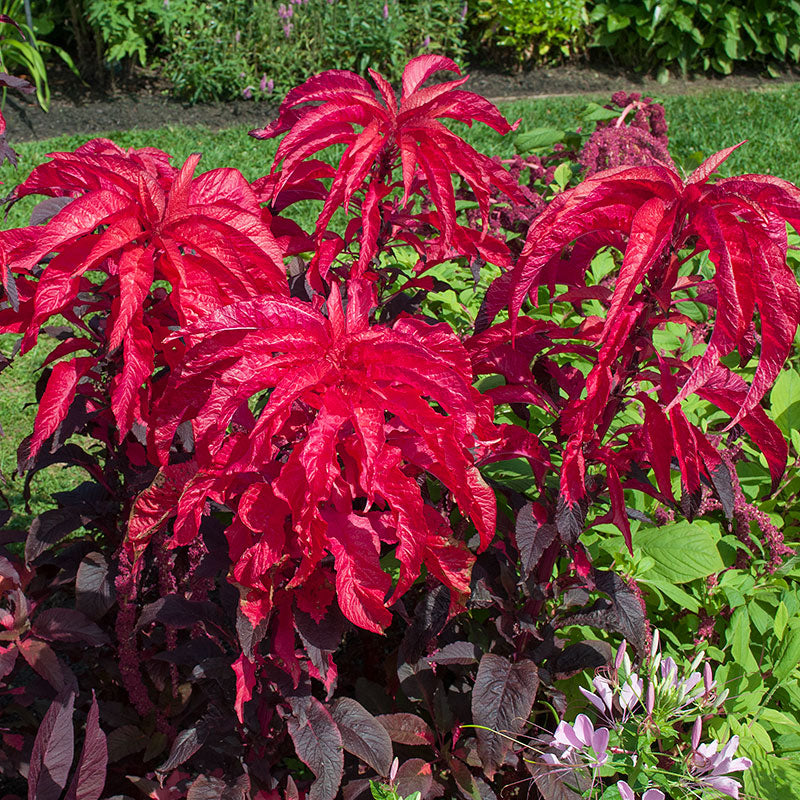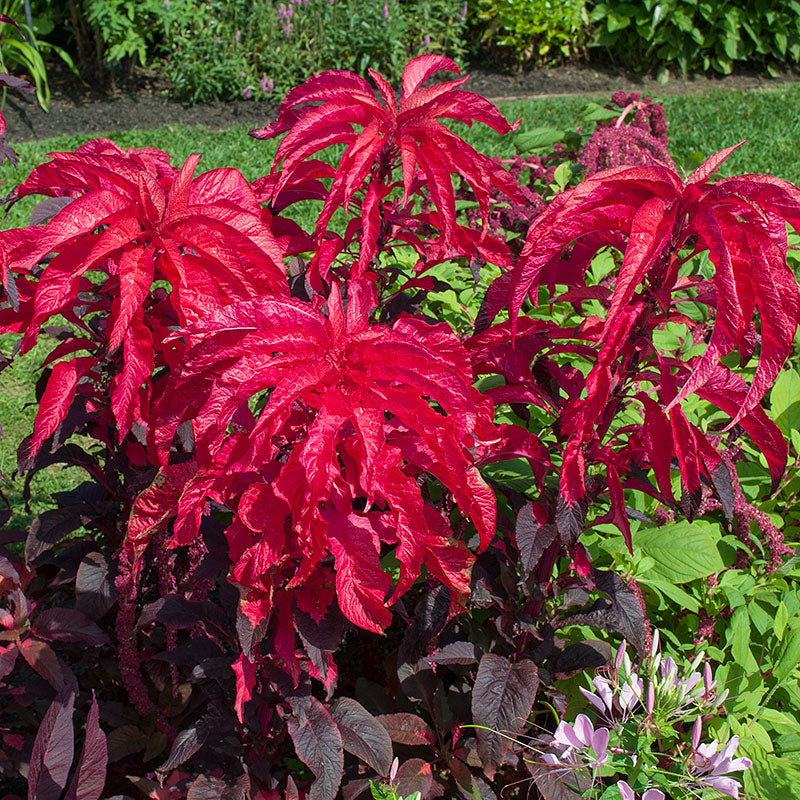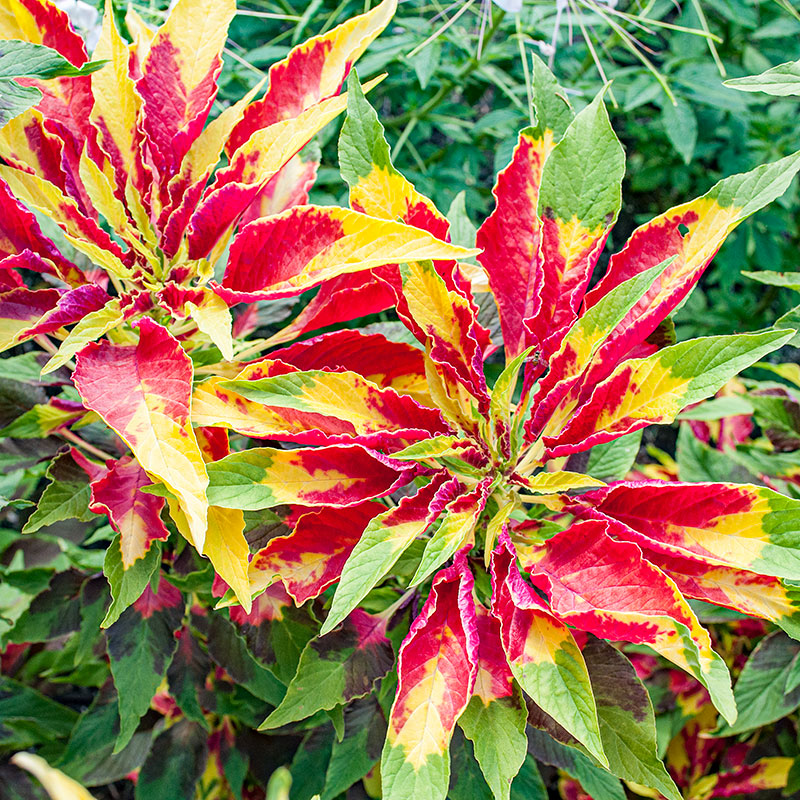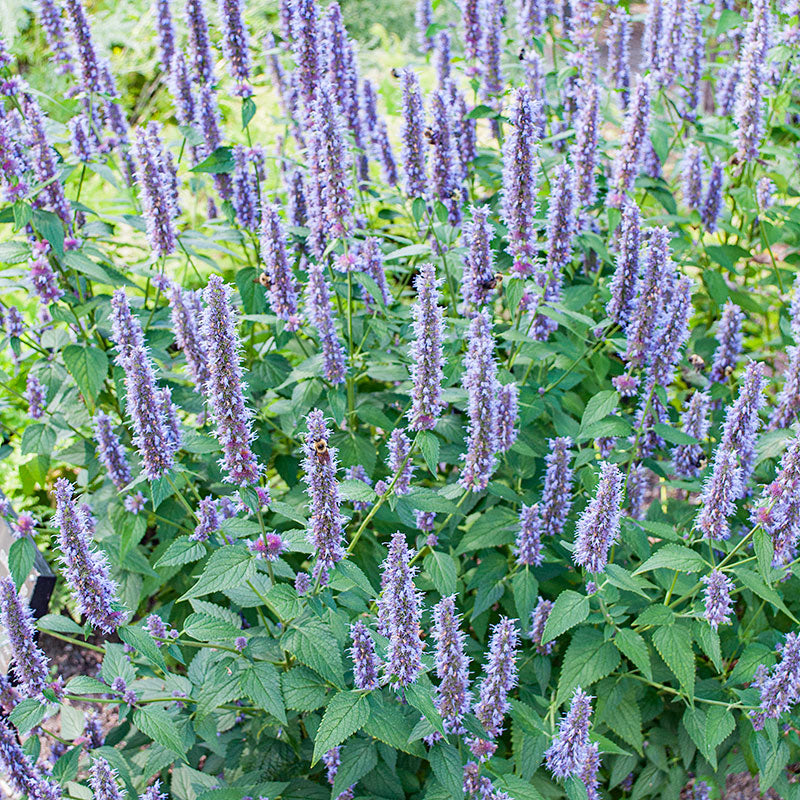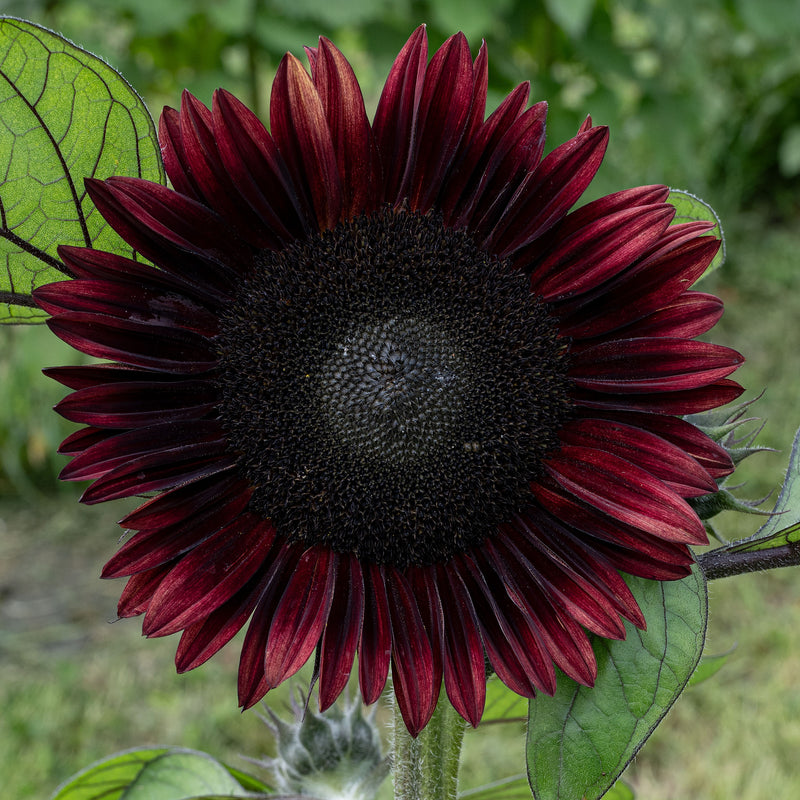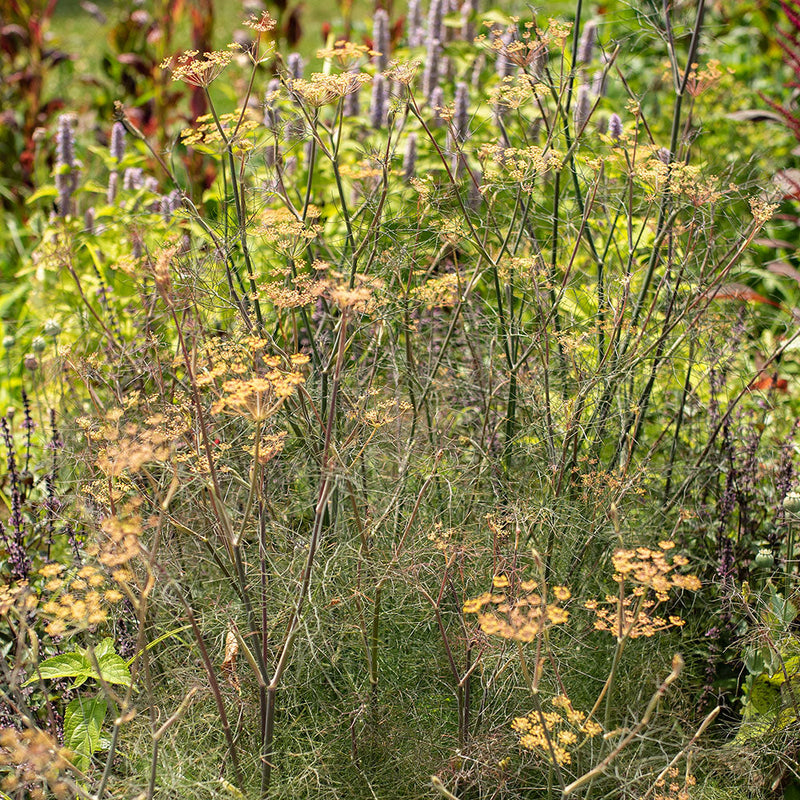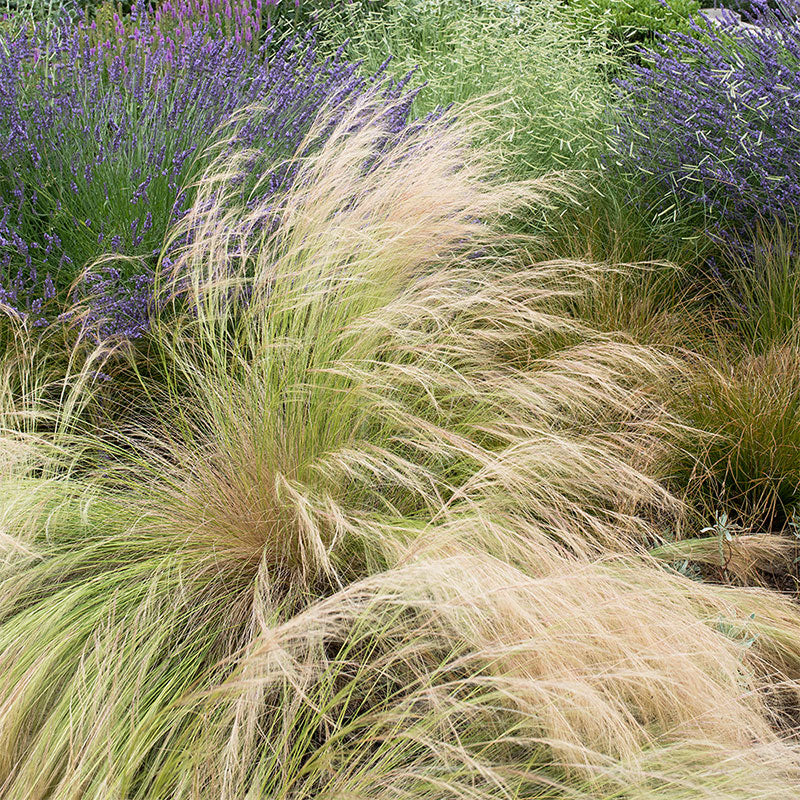SOWING INSTRUCTIONS
Depth:
Barely cover 1/16"
Starting Indoors:
Six weeks before last frost, sow thinly into pots filled with a mix specifically for seed germination. Keep at 65-75°F with evenly moist conditions by placing a humidity dome over the containers until germination occurs, or by sprinkling a thin cover of vermiculite over the pots.
Starting Outdoors:
Direct sow after last frost.
WHEN TO SET OUTSIDE
After all danger of frost has passed.
PLACEMENT & CULTIVATION
Introduced in 1922 to great acclaim, 'Molten Fire' continues to charm with brilliant foliage, its love of heat and humidity, and its ease of growth in varied soils. No additional fertilizer is needed, for leaner soils encourage more vivid foliage colors. Sow the small seeds thinly and remove any weed competition when young, for the best garden performance.
Watering Details:
Drought tolerant. 1" a week until established; then water during dry spells.
Soil pH:
Slightly acidic to neutral
Fertilizer:
If soils are particularly poor, mix in an organic granular fertilizer once seedlings have reached 6-8" in height. Avoid excess fertilizer.
Diseases & Pests:
Tarnished plant bugs can infest flower heads. Use an organic insecticide to control. Provide freely-draining soils, for, in wet soils, emerging seedlings may die from soil pathogens. Overly moist soils also encourage various fungal root and stem rots on mature plants, causing collapse.






























